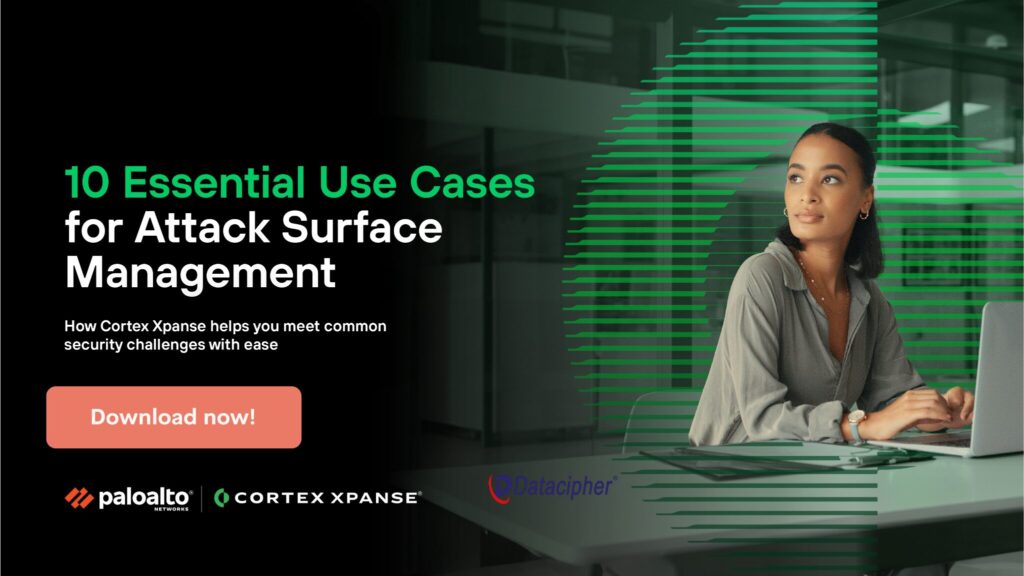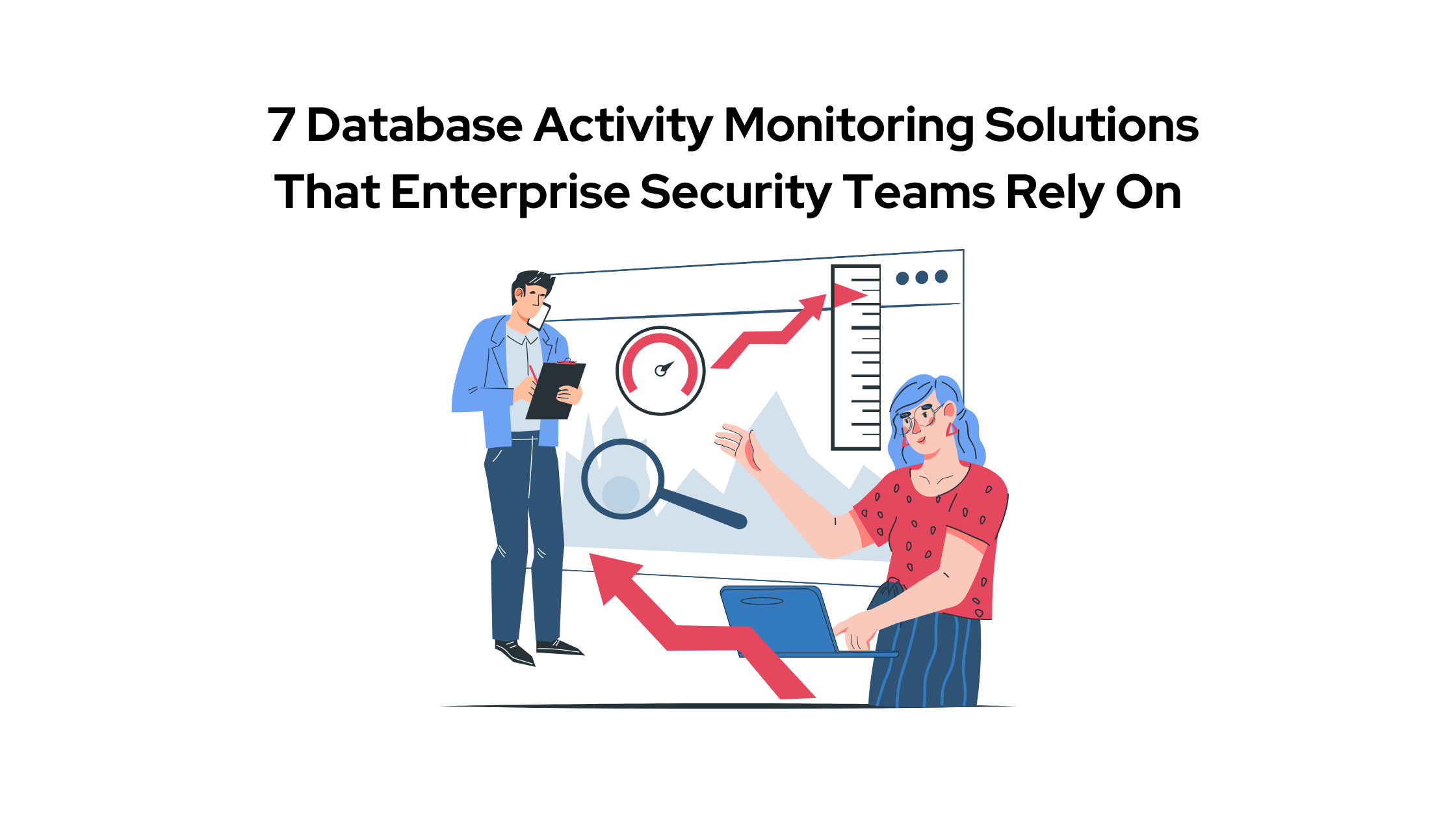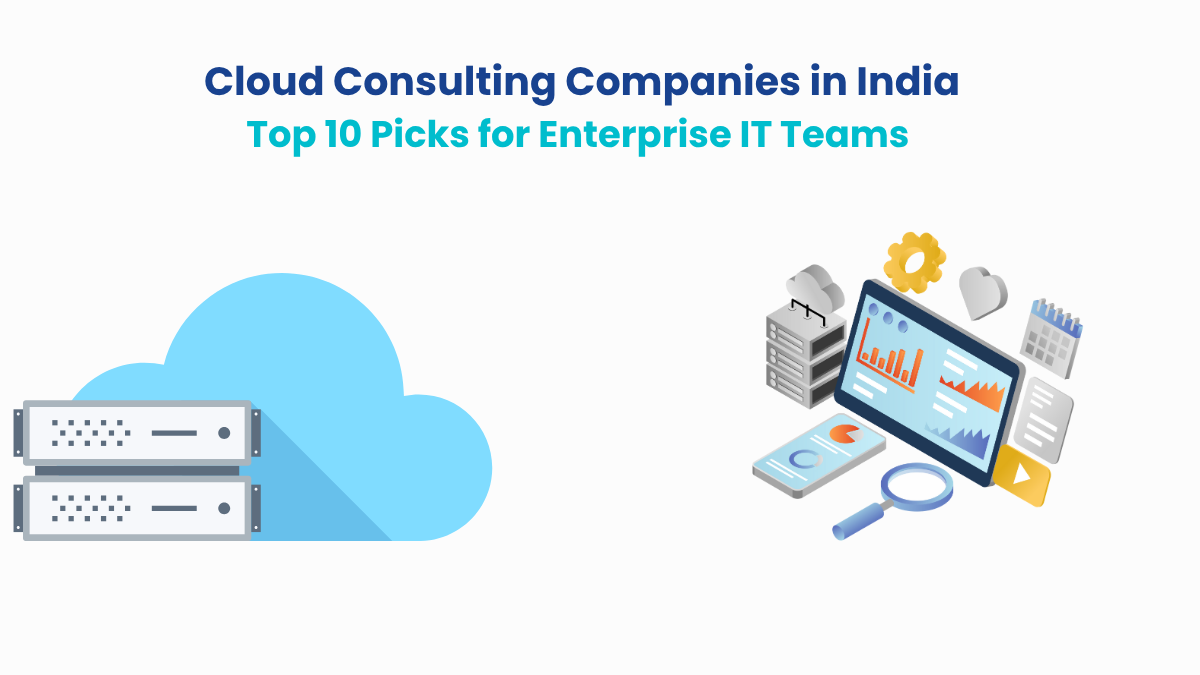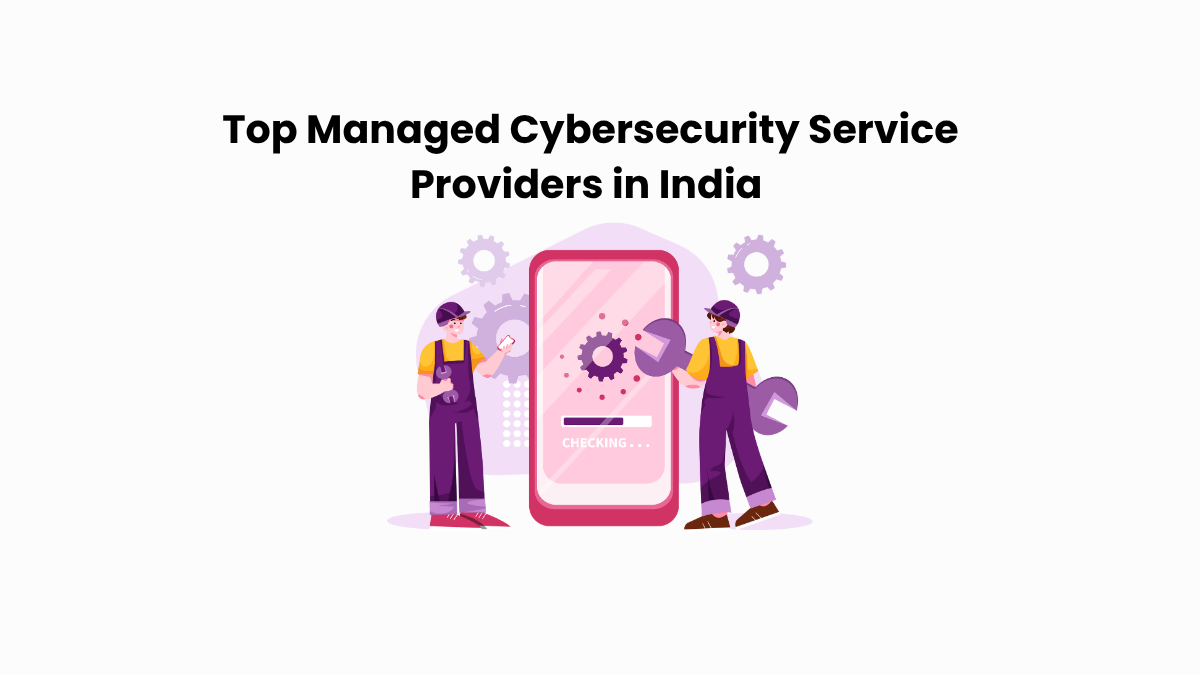Database activity monitoring solutions are no longer just compliance checkboxes. They’re your last line of defense when the perimeter has already failed.
In fact, according to Verizon’s 2024 Data Breach Investigations Report, nearly 30% of all breaches involved attacks on web applications. They are one of the most common path attackers use to reach enterprise databases.
Once inside, they move fast. Databases are where the crown jewels live: customer records, financials, IP. The danger? Most enterprises have zero visibility into what’s actually happening inside their databases until it’s too late.
This guide breaks down seven leading database activity monitoring (DAM) solutions designed to fix that. We will compare tools built for hybrid environments, insider threat detection, and compliance. And we will later dive into how Datacipher helps you integrate them without sacrificing performance.
If your database is the vault, your database activity monitoring solution is your motion sensor, security guard, and tripwire in one. But before we get started, let’s refresh our basics.
What Is Database Activity Monitoring?
A database activity monitoring solution is a security technology that observes, records, and analyzes all database transactions in real time. It detects unauthorized access, privilege abuse, and policy violations before they escalate into breaches. DAM tools also support compliance by generating audit-ready reports for regulations like GDPR, HIPAA, SOX, and PCI-DSS. Unlike traditional logging, DAM provides context-rich visibility across hybrid environments to help security teams act on threats before data is compromised.
Now that we have refreshed our basics, let’s find out what makes a DAM solution enterprise-grade.
What Makes a Database Activity Monitoring Solution Enterprise-Grade?
The real world isn’t neat. Databases aren’t all cloud-native. And threats rarely show up wearing a red flag.
So when it comes to choosing a database activity monitoring solution for your enterprise, you need more than a tool that logs SQL statements. You need something built for complexity, speed, and compliance pressure.

Here’s what separates a true enterprise-grade solution from the rest:
1. Deep Activity Visibility, Not Just Logs
A serious solution doesn’t just record “someone ran a query.” It shows you who did it, what data they touched, which application they used, whether they used elevated privileges, and whether it violated policy. This includes SELECTs, INSERTs, admin commands, and schema changes. Context is everything.
2. Support for Complex Infrastructure
Most enterprises run a mess of legacy systems, on-prem databases, cloud-native services, and containerized apps. Your DAM solution must handle all of it. That means agent-based and agentless support, broad database coverage, and zero reliance on one cloud vendor’s ecosystem.
3. User Behavior Analytics that Actually Learns
It’s not enough to get an alert every time someone runs a big query. Enterprise-ready solutions track behavior patterns over time. They baseline what normal looks like and flag deviations that might indicate insider threats, compromised accounts, or misused service credentials.
4. Real-Time Enforcement and Response
Logs after the fact are too late. A true solution lets you respond in the moment. That means triggering alerts, blocking sessions, or kicking off SOAR workflows when policies are violated. Integration with SIEM and SOAR platforms like Splunk, Cortex XSOAR, or QRadar isn’t optional. It’s expected.
5. Compliance without Manual Labor
If your team is still pulling database logs manually during audits, you’re already behind. Enterprise-grade DAM solutions offer pre-built templates and customizable reports for GDPR, HIPAA, PCI-DSS, and SOX. They make audit prep a workflow, not a crisis.
6. Zero Trust Friendly
Role-based access is the baseline. Attribute-based, time-bound, and behavior-aware access policies are where you need to be. The best solutions enforce these policies directly within the database session, without requiring major application rewrites.
7. Performance That Doesn’t Get in the Way
If your DAM tool slows down your production database, it becomes the problem. Enterprise-grade tools monitor high-throughput systems without killing latency or CPU. Lightweight agents, optimized data collection, and selective monitoring modes are a must.
Recommended Read: Looking to extend visibility beyond your databases? Attackers often exploit unknown or unmonitored external assets to breach internal systems, including databases. Download our 10 Essential Use Cases for Attack Surface Management ebook below to learn how elite teams continuously discover and monitor every exposed asset in their attack surface, before the breach happens.

Top 7 Database Activity Monitoring Solutions for Enterprises
The market for database activity monitoring solutions is crowded, but clarity is rare. Some tools are fast to deploy but shallow in analytics. Others go deep on compliance but lack flexibility in hybrid environments. A few do both, but only if your architecture plays nice.
This section breaks down seven enterprise-ready solutions built to handle real-world complexity. We’re not just comparing features. We’re showing how each tool fits different priorities, environments, and risk profiles.
If you’re evaluating database activity monitoring solutions for performance, compliance, insider threat detection, or all of the above, this is where the real decisions start.
1. IBM Guardium

Source – IBM
IBM Guardium offers real-time visibility into database activity across complex, hybrid environments. It supports structured and unstructured data sources and enforces access policies consistently across cloud and on-prem systems.
What sets it apart is its ability to scale across large infrastructures while applying risk-based analytics to detect unusual behavior. Guardium integrates well with tools like QRadar and Splunk, helping teams act quickly when policy violations occur.
It’s frequently used in finance, healthcare, and public sector environments where compliance is non-negotiable and audit trails must be airtight. For organizations with fragmented data systems and strict governance needs, Guardium delivers depth without disrupting performance.
2. Imperva Data Security Fabric

Source – Imperva
Imperva’s database activity monitoring solution is built for security teams that need strong policy enforcement without sacrificing speed.
It monitors data access in real time, blocks unauthorized queries, and supports behavioral profiling to detect insider threats. Imperva’s differentiator is its combination of data discovery, risk analytics, and blocking capabilities within a single platform. It integrates with SIEM systems and offers pre-built policies for compliance frameworks like PCI-DSS, SOX, and GDPR.
Imperva is well-suited for mid-to-large enterprises operating across hybrid infrastructures with complex data environments. It’s frequently chosen in industries like finance, retail, and healthcare, where data exposure risks are high and proactive controls are essential.
3. Oracle Audit Vault and Database Firewall

Source – Oracle
Oracle Audit Vault and Database Firewall is Oracle’s flagship solution for database activity monitoring in enterprise environments. It combines detailed auditing with a network-layer firewall that monitors and blocks SQL traffic before it reaches the database.
Its advantage lies in deep integration with Oracle’s database stack, enabling high-accuracy monitoring without the complexity of third-party connectors. The platform supports centralized policy enforcement and built-in compliance reporting for frameworks like SOX, PCI-DSS, and GDPR.
This solution is best suited for enterprises with significant Oracle investments and strict data governance mandates. It is commonly deployed in sectors like finance, telecom, and government, where real-time session control and audit precision are critical.
4. Trustwave DbProtect

Source – Trustwave
Trustwave DbProtect is built for enterprises that need to assess, monitor, and protect databases in highly regulated environments. It offers real-time activity monitoring, vulnerability assessment, and policy-based controls in one platform.
What sets it apart is its ability to automate compliance workflows across large, distributed environments, making it especially useful for organizations under pressure to meet audit requirements quickly.
DbProtect supports a broad range of databases and integrates with SIEM tools to surface risk in context. It is often deployed in industries like banking, insurance, and healthcare, where sensitive data is everywhere and visibility gaps are costly. For teams seeking audit readiness without operational drag, DbProtect fits well.
5. Broadcom Data Loss Prevention

Source – Broadcom
Broadcom’s Symantec Data Loss Prevention suite includes database activity monitoring as part of its broader data protection strategy. Its strength lies in unified visibility across endpoints, networks, and databases, enabling teams to correlate insider threats with database access patterns.
Unlike standalone database activity monitoring tools, Symantec’s platform focuses on identifying policy violations related to sensitive data usage, with strong classification and incident response capabilities. It supports integration with Symantec’s risk analytics and orchestration tools, making it suitable for organizations invested in broader DLP strategies.
Enterprises in healthcare, legal, and finance often adopt it to bridge compliance monitoring across different data channels, including databases.
6. Thales CipherTrust Data Security Platform

Source – Thales Group
Thales offers robust database activity monitoring as part of its CipherTrust platform, which is built for data-at-rest security across hybrid and multi-cloud environments. It provides granular auditing, real-time alerts, and user access tracking for structured databases without requiring native logging.
What differentiates Thales is its focus on data-centric security, combining database activity monitoring with tokenization, encryption, and access controls in one framework. It supports compliance with GDPR, HIPAA, and PCI-DSS, and integrates well with enterprise SIEM platforms.
Thales is often used by large financial institutions, defense contractors, and critical infrastructure providers looking for both monitoring and control over sensitive data movement.
7. Microsoft Defender for SQL
Microsoft Defender for SQL delivers native database activity monitoring for SQL Server and Azure SQL environments. It provides built-in threat detection, auditing, and vulnerability assessments without requiring third-party tools.
Its differentiator is deep integration with Microsoft’s broader security stack, including Sentinel, Entra ID, and Defender for Cloud. Defender for SQL helps detect anomalous query behavior, privilege escalations, and potential exploit activity across cloud and hybrid setups. It’s ideal for enterprises already embedded in the Microsoft ecosystem and looking for a lightweight, low-friction DAM option.
Common deployments include financial services, healthcare, and public sector teams managing regulated workloads in Azure or hybrid SQL environments.
Feature Comparison Table: Top 7 Database Activity Monitoring Solutions
Each of the solutions we’ve covered offers strong capabilities, but their strengths vary depending on your priorities: real-time enforcement, compliance automation, deployment flexibility, or ecosystem integration.
This table compares the most critical features across all seven database activity monitoring solutions to help enterprise teams evaluate which tool aligns best with their environment and risk profile.
| Solution | Real-Time Monitoring | Policy Enforcement | Behavior Analytics | SIEM Integration | Compliance Reporting | Hybrid Environment Support | Database Coverage | Deployment Model | Best Fit For |
| IBM Security Guardium | Yes | Yes | Yes | Yes (QRadar, Splunk) | PCI, HIPAA, GDPR | Yes | Structured and unstructured | On-prem, cloud, hybrid | Compliance-heavy, hybrid ops |
| Imperva Database Security | Yes | Yes | Yes | Yes | PCI, SOX, GDPR | Yes | Broad, including legacy | On-prem, cloud, hybrid | Insider threat control, blocking |
| Oracle Audit Vault and Database Firewall | Yes | Yes | Basic | Yes | PCI, SOX, GDPR | Oracle-focused | Oracle only | On-prem, Oracle Cloud | Oracle shops, regulated infra |
| Trustwave DbProtect | Yes | Yes | Yes | Yes | PCI, HIPAA | Yes | Broad | On-prem, cloud | Audit automation, multi-DB |
| Broadcom (Symantec) Database Monitoring | Limited | Yes (via DLP) | Yes | Yes | PCI, GDPR | Limited | Moderate | DLP-integrated | Unified DLP and DAM strategy |
| Thales CipherTrust | Yes | Yes | Yes | Yes | PCI, GDPR | Yes | Broad | Cloud, on-prem, hybrid | Data-centric security, encryption and monitoring |
| Microsoft Defender for SQL | Yes | Limited | Yes | Yes (Sentinel) | Azure-native compliance | Azure-focused | SQL Server, Azure SQL | Cloud-native, hybrid | Azure-native, Microsoft environments |
Choosing the Right Database Activity Monitoring Solution is Just the Start

Selecting a powerful database activity monitoring solution is critical, but it doesn’t guarantee security by itself. Implementation matters. Integration matters even more.
At Datacipher, we don’t just recommend tools. We ensure they fit seamlessly into your unique enterprise environment. Our team specializes in deploying database activity monitoring solutions into complex, hybrid infrastructures. All this while making sure your policies align, your compliance demands are met, and your security teams get actionable insights rather than noise.
Recently, a leading financial services firm turned to us to improve their audit readiness. They had chosen IBM Guardium but needed help integrating it across multiple data centers and cloud platforms. We helped configure policy controls, fine-tune activity monitoring, and automate their compliance reporting. Within weeks, the audit preparation process was reduced by over 60 percent, and security teams gained full visibility into privileged access events.
Like them, we can help you across stages, from choosing a solution to seeing real results: stronger controls, faster audits, and clearer visibility into every critical database event.
Are you ready to make your database security strategy a reality? Contact our experts for a consultation.
Frequently Asked Questions About Database Activity Monitoring Solutions
#1. What is a database activity monitoring solution, and why is it important?
A database activity monitoring solution continuously tracks and analyzes database access and activities in real-time. It detects unusual queries, unauthorized access attempts, and policy violations, enabling immediate responses. It’s crucial because databases house sensitive data, making them primary attack targets. Without effective monitoring, breaches often go unnoticed until significant damage has occurred.
#2. How does a database activity monitoring solution help with compliance requirements like GDPR or HIPAA?
Database activity monitoring solutions simplify compliance by providing detailed logs, real-time alerts, and audit-ready reports tailored to regulations like GDPR, HIPAA, or PCI-DSS. These tools enforce access controls and track who accessed sensitive data, when, and why, dramatically reducing audit overhead and demonstrating clear compliance during regulatory assessments.
#3. What’s the difference between database activity monitoring and database auditing?
Database auditing typically involves collecting historical logs for periodic review, useful mainly for compliance audits. Database activity monitoring goes deeper, analyzing access and actions in real-time, instantly alerting on suspicious behavior, unauthorized queries, or policy breaches. Database activity monitoring solutions proactively detect and respond, whereas auditing alone is primarily reactive, retrospective, and compliance-driven.
#4. Do database activity monitoring solutions affect database performance?
Good database activity monitoring solutions are designed to minimize performance impact. While all monitoring incurs some resource overhead, enterprise-grade tools use optimized agents or agentless methods, selective monitoring, and efficient data handling to ensure minimal latency or disruption to production databases, even under heavy transaction loads.
#5. Can database activity monitoring solutions protect both cloud-based and on-prem databases?
Yes, modern database activity monitoring solutions are built to cover hybrid environments. Enterprise-ready database activity monitoring tools typically support a wide range of databases. This includes on-premises, cloud-native, and hybrid deployments, ensuring consistent security policies, uniform monitoring, and centralized visibility regardless of where your critical data resides or how your infrastructure evolves over time.
#6. Are database activity monitoring solutions effective against zero-day attacks or advanced persistent threats?
While database activity monitoring solutions alone can’t prevent zero-day exploits entirely, their behavior analytics and real-time monitoring significantly enhance detection of advanced persistent threats. Database activity monitoring solutions identify abnormal access patterns or unusual privilege escalations, alerting security teams early, minimizing potential damage, and reducing response time against sophisticated threats that traditional tools might miss.





